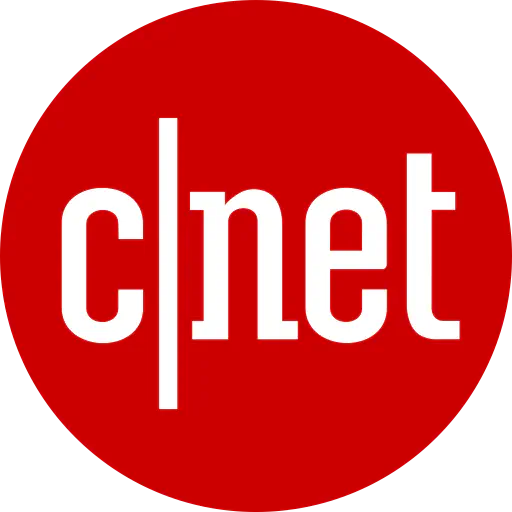IBM to join in Linux supercomputing effort
Hoping to transform a do-it-yourself Linux supercomputer technique into a useful business product, Big Blue is set to announce its plan to help build a 512-processor machine.

By Stephen Shankland
The computer, called LosLobos, will connect 256 two-processor IBM Intel-based servers with high-speed Myrinet network cards, said John Patrick, vice president of IBM Internet technology. The machine will be able to perform 375 billion calculations per second, UNM said.
Though UNM and its partners in the National Computational Science Alliance intend to use LosLobos for scientific purposes, IBM has its own, more commercial agenda. It believes LosLobos will help researchers adapt this “cluster” approach to running IBM software for business tasks such as email, database hosting, instant messaging or e-commerce, he said.
Linux, a clone of the Unix operating system, has displayed remarkable versatility in its spread across the computing landscape. In addition to its most common use in low-end servers, it also is making inroads into sub-PC gadgets and supercomputers.
Of the major hardware companies, Compaq has been the strongest backer of so-called “Beowulf” computers, which share a computing task across many interconnected computers, most often running Linux and special software to pass messages among the different nodes. But Compaq, with its high-performance Alpha chip, has been aiming mostly at number-crunchers.
Beowulf systems have been popular with scientists who need inexpensive systems to run simulations and other mathematically intense operations. Business use has been limited to number-crunchers such as Amerada Hess, which built a 32-computer Beowulf system from Dell computers.
The Beowulf technique may be a great way to gang together lots of cheap computers, but the catch is that software must be extensively rewritten to use the system–and not all computing operations are amenable to being spread across a lot of independent machines.
IBM hopes to hasten the day that clusters of cheap computers become more useful. “I would expect we will uncover certain things that Linux is missing that we have somewhere in IBM,” Patrick said. “Our intention is to apply all the technology and resources we can to help it grow as fast as it possibly can. We intend to contribute those technologies into the open-source community,” Patrick said.
Specifically, IBM intends to work on making programs more “multithreaded,” meaning that tasks are divided into independent jobs that can be divvied up more easily across a multitude of computers, Patrick said. The company also is working on how to spread database access tasks across many machines and how best to communicate with centralized data storage systems.
Linux companies see clustering as big business. TurboLinux, for example, offers enFuzion software that lets all sorts of computers–even the Windows boxes in the accounting department that sit around idly all night long–be harnessed to crunch numbers. EnFuzion is in use at JP Morgan and Rockefeller University.
New Mexico has a host of high-profile Beowulf systems. Los Alamos National Laboratory built its Avalon system in 1998, Sandia National Laboratories in Albuquerque has its C-Plant cluster and UNM has already a 128-processor machine.
https://www.cnet.com/news/ibm-to-join-in-linux-supercomputing-effort/